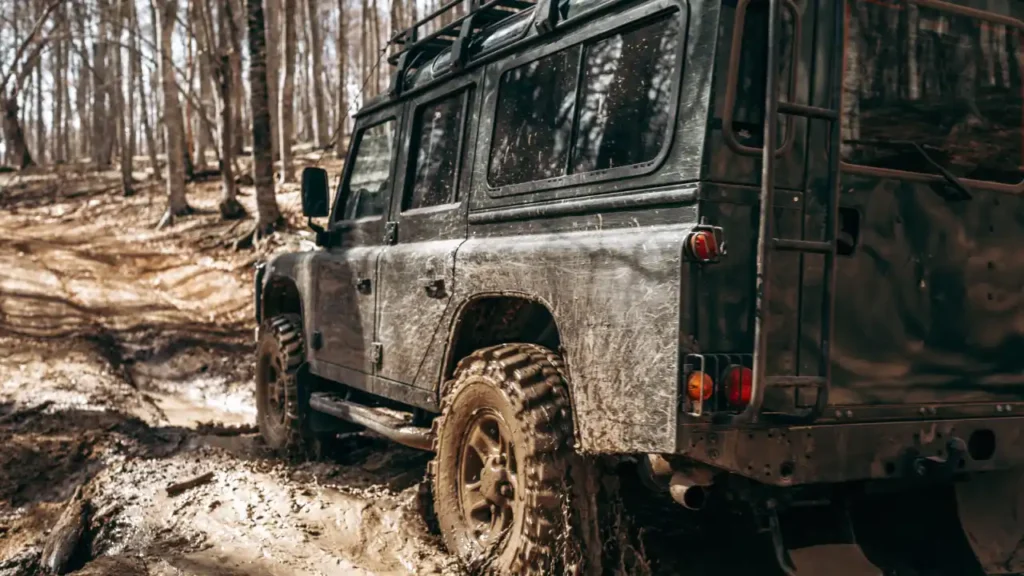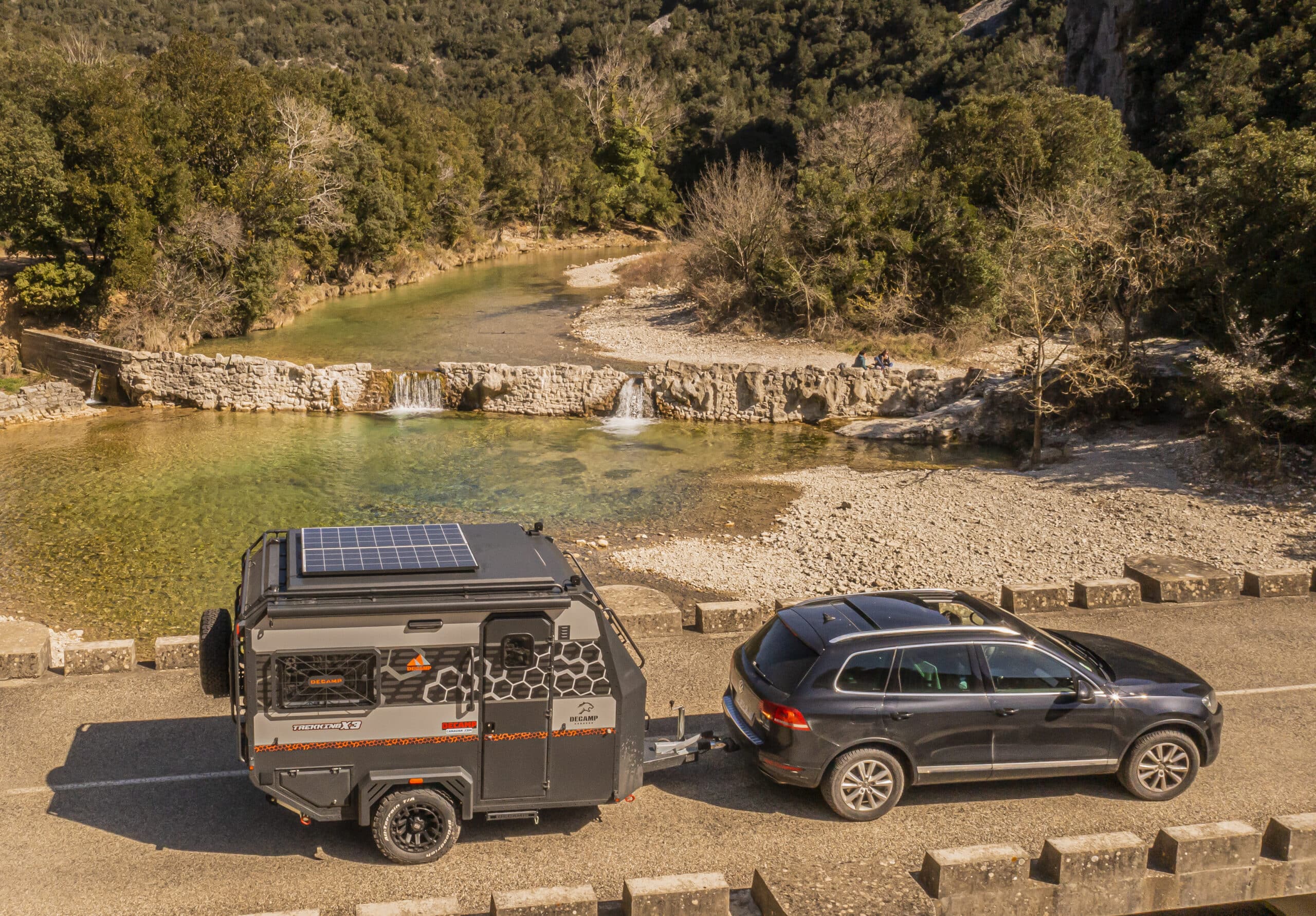
Free monthly entries to ALL giveaways
+1 every month
+5 every month
+10 every month
5%
125
150
350
100
100
50
Cancel membership anytime
Terms apply
apply

Written by
Admin
Published
August 20, 2024
Off-roading and adventure in the rugged Australian landscapes is more than a pastime; it’s a way of life for many Aussies. Among the cutting-edge features enhancing this experience is Vehicle-to-Load (V2L) technology, an innovation that is rapidly transforming the off-roading landscape. V2L allows adventurers to use their vehicle’s battery to power external devices, adding a new level of convenience and capability to their journeys.
Historically, accessing electricity in remote areas of Australia required carrying bulky generators or relying on limited-power solar setups. With the introduction of V2L technology, the electric vehicles (EVs) themselves are becoming mobile power stations. This tech not only encourages the wider adoption of EVs among adventure communities but also provides practical solutions to obstacles faced in the wilderness.
Here are some innovative applications of V2L technology that can elevate the experience for Australian adventurers:
Data trends indicate a growing interest in sustainable adventuring, with electric vehicles gaining popularity in the rugged terrain of the Australian outback. This shift is supported by developments in V2L technology providing auxiliary power without the need for traditional fuel-based generators.
Manufacturers like Hyundai with their Ioniq 5, Kia with the EV6, and the upcoming all-electric Rivian R1T are leading the pack by offering V2L as a standard feature. The adoption of such innovation is supported by the Australian Renewable Energy Agency (ARENA) that has been investing in technologies that support the integration of renewable energy into our everyday lives, including transport.
A recent survey highlights that for a significant segment of consumers, the environmental footprint of their recreational activities is a major concern. V2L-equipped vehicles address this concern by utilizing green technology, leveraging the EV’s battery for additional utility without added emissions.
Furthermore, the reliability of V2L in terms of wattage output is crucial. For instance, the Ford F-150 Lightning is expected to offer around 9.6 kilowatts of power, which demonstrates the potential of V2L systems to provide significant electrical power in remote settings.
In summary, Vehicle-to-Load technology is revolutionizing off-roading for adventurers in Australia. It’s a fusion of convenience, environmental consciousness, and practicality that aligns with the evolving demands of contemporary explorers. As the automotive market continues to innovate, the uses and capabilities of V2L will expand, painting an exciting future for the off-road enthusiasts of Australia.